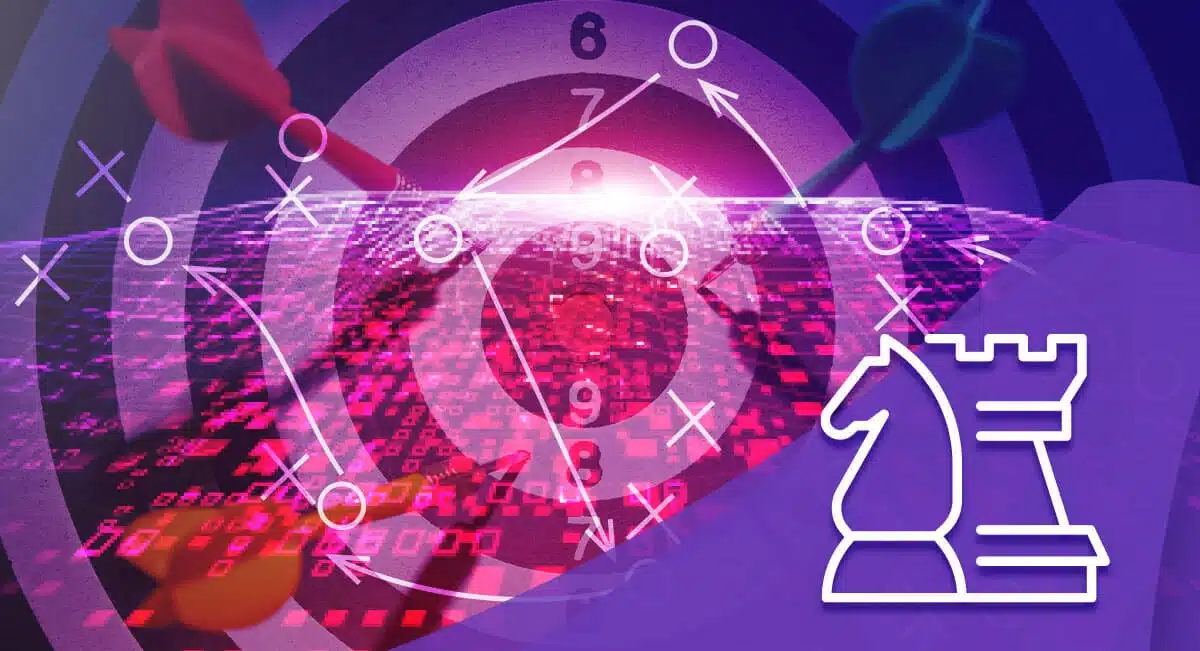Artificial intelligence is a core driver of modern marketing. From real-time ad optimization to personalized customer journeys, AI delivers the speed, efficiency, and insight that today’s SMB clients expect.
But here’s the catch: while the tools are powerful, it is the AI marketing strategy behind them that determines whether clients will understand, trust, and adopt them.
Clients do not need to be dazzled with jargon—they need to see how AI solves real business problems, improves ROI, and works seamlessly with human expertise.
Whether you are launching new services or refining your messaging, these strategies will help you create a compelling, scalable AI marketing strategy.
Accelerate growth with advanced AI tools at your fingertips
TLDR
- An AI marketing strategy is a structured plan that aligns AI with business goals to attract, engage, and retain customers while improving ROI.
- Core components include clear KPIs, clean unified data, the right tools, workflow integration, and continuous optimization.
- Start small with pilots, prove ROI, then scale across channels and refine using measurable outcomes.
- Avoid pitfalls like over-automation, poor data hygiene, lack of training, weak change management, and set-and-forget deployments.
What Is an AI Marketing Strategy?
An AI marketing strategy is a structured plan for using artificial intelligence to improve how your business attracts, engages, and retains customers.
Instead of just adding AI tools on top of your existing workflow, it connects technology with your broader marketing goals—like driving more qualified leads, improving customer experiences, and increasing lifetime value.
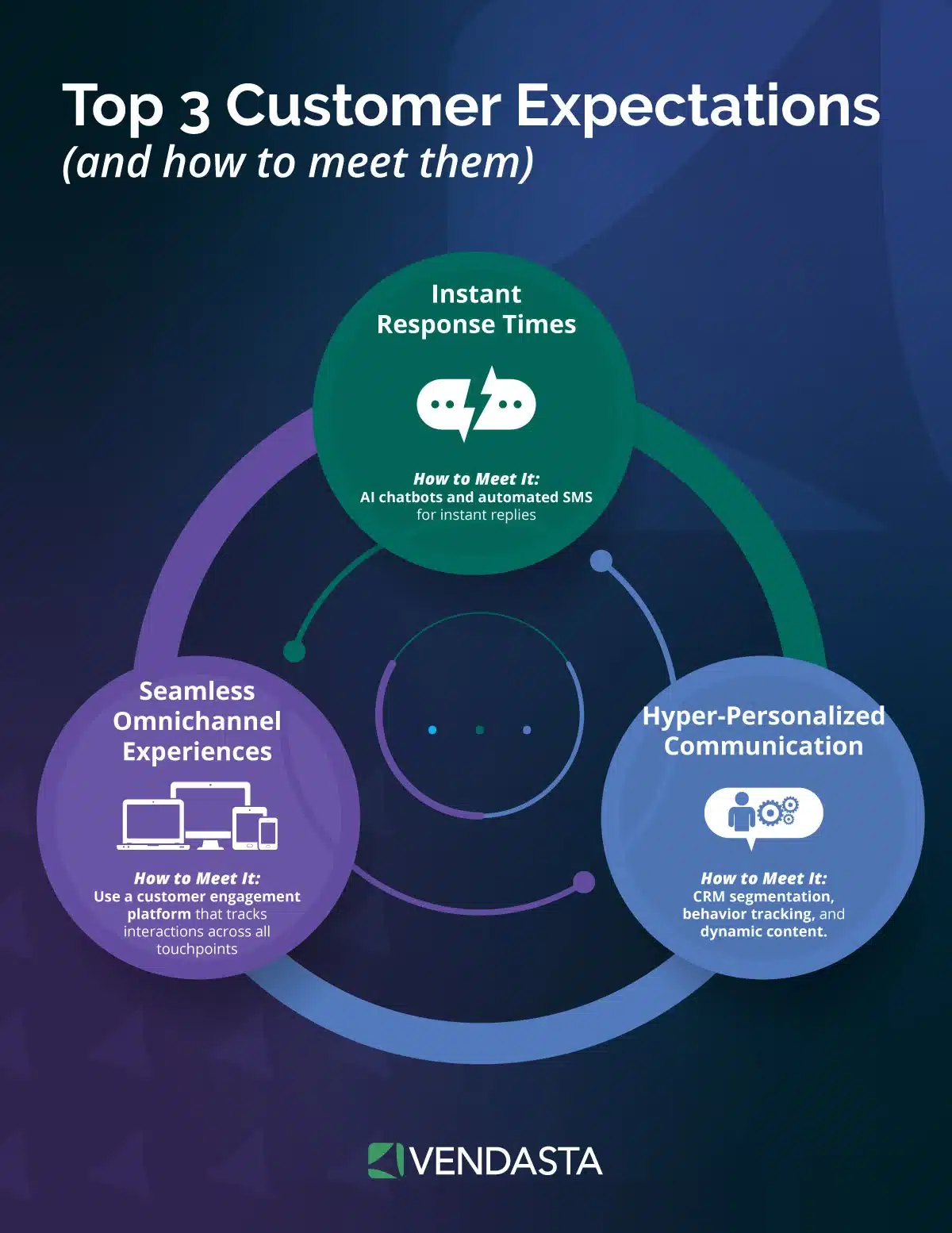
At its core, an AI marketing strategy combines three things:
- Clear business objectives.
- Quality data from across your customer journey.
- The right mix of AI tools and automation.
When these elements work together, businesses can move beyond guesswork. For example, AI can analyze customer behavior to predict who is most likely to purchase, recommend the right products at the right time, or even automate content creation that fits your brand voice.
This shifts marketing from being reactive to proactive—anticipating customer needs instead of just responding to them.
The difference between using AI tools and having an AI marketing strategy comes down to alignment.
A strategy ensures that every AI application, from chatbots to predictive analytics, is tied directly to measurable outcomes. Without this alignment, companies risk wasting time and budget on disconnected tools that do not deliver long-term value.
For small and medium-sized businesses (SMBs), building an AI marketing strategy levels the playing field.
With customer engagement platforms like Vendasta, you can integrate AI into your daily operations—automating tasks, personalizing outreach, and giving your team more time to focus on growth rather than manual processes.
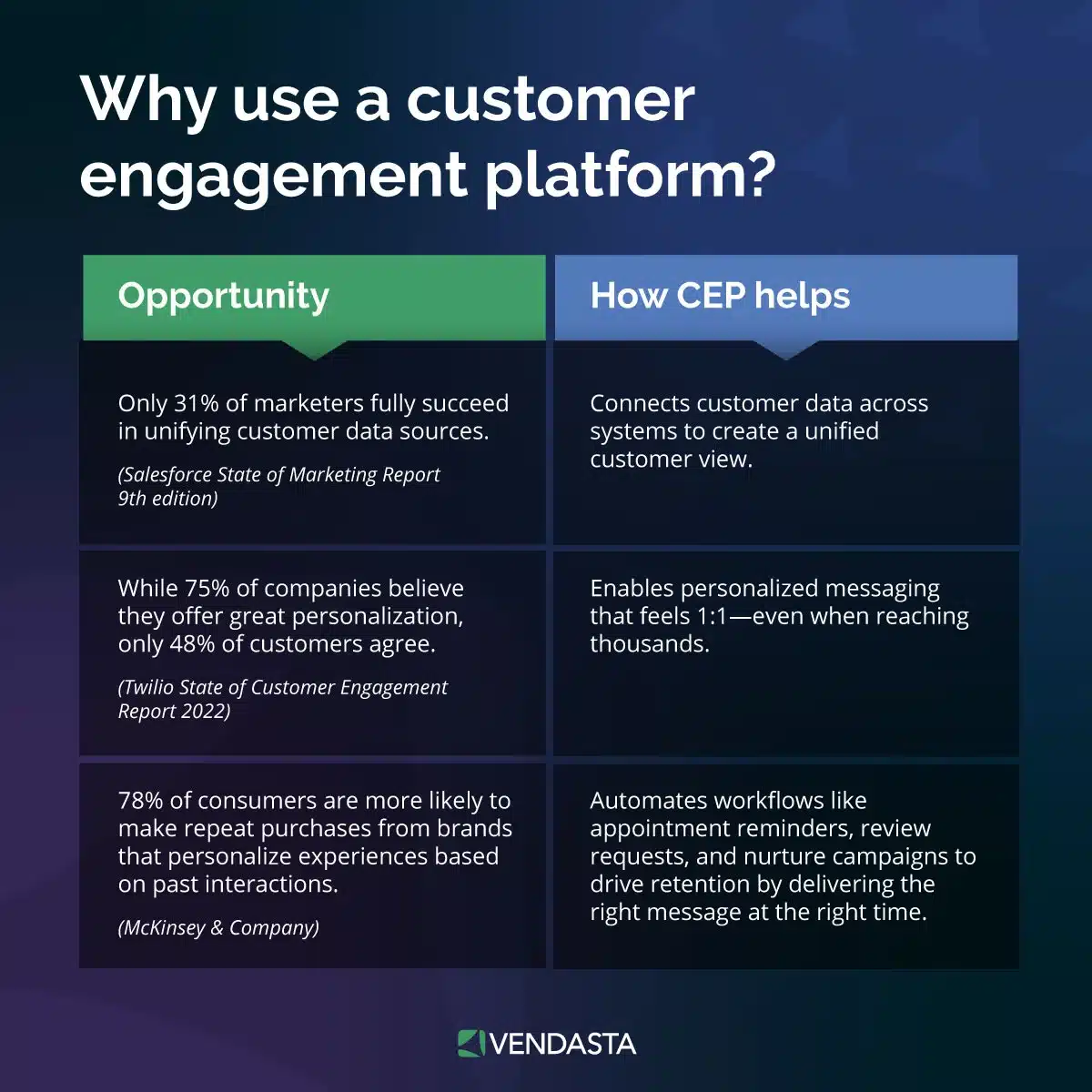
Key Components of a Successful AI Marketing Strategy
Building an effective AI marketing strategy requires more than adopting the latest tools. It’s about creating a framework that aligns technology with your business goals. The following components form the foundation of a winning strategy.
1. Define Business Goals and KPIs
Start by clarifying what you want AI to achieve. Whether it’s boosting lead generation, increasing conversion rates, or improving customer retention, setting clear KPIs ensures every AI initiative is tied to measurable results.
2. Data Collection, Quality, and Governance
AI is only as strong as the data it runs on. Invest in gathering clean, unified data from all customer touchpoints—CRM, website, social media, and email. Good governance ensures compliance and maintains customer trust.
3. Choose the Right AI Tools and Platforms
Select tools that fit your goals and integrate with your existing systems. Look for solutions that support scalability, automation, and personalization. For SMBs, platforms like Vendasta simplify this process by offering AI-driven tools in one place.
4. Integrate AI Into Workflows
AI works best when seamlessly embedded into daily operations. Automate repetitive tasks such as email campaigns, social media scheduling, and lead scoring, so your team can focus on strategy and creativity.
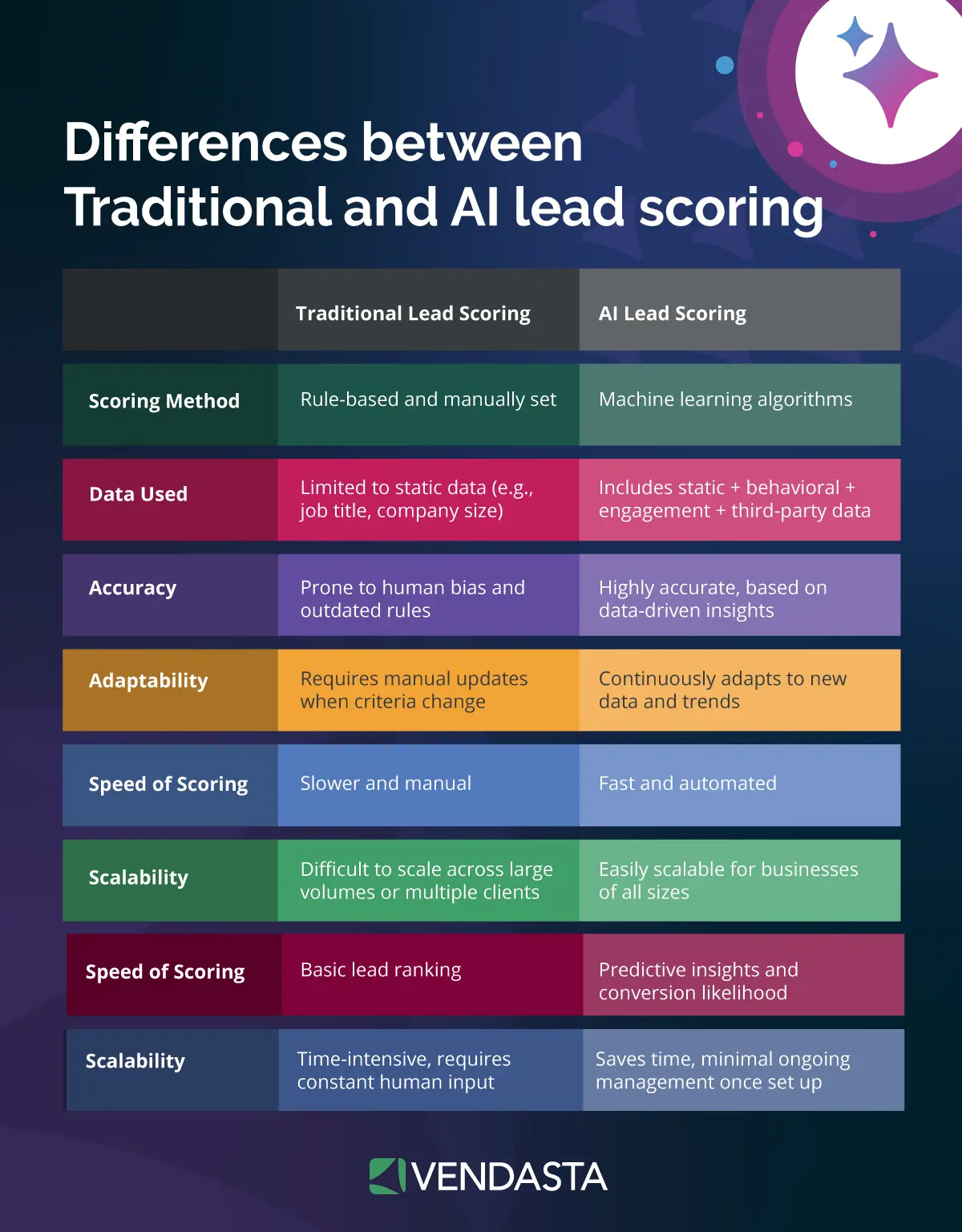
5. Continuous Learning and Optimization.
AI is not a set-and-forget solution. Regularly monitor performance, test new use cases, and refine your approach as customer behavior and technology evolve. Businesses that embrace continuous improvement stay ahead of competitors.
How AI Transforms Marketing in Practice
AI is reshaping marketing from a manual, reactive process into a data-driven, proactive engine for growth.
Instead of relying on guesswork, businesses can use predictive AI to anticipate customer needs, personalize interactions, and optimize campaigns in real time.
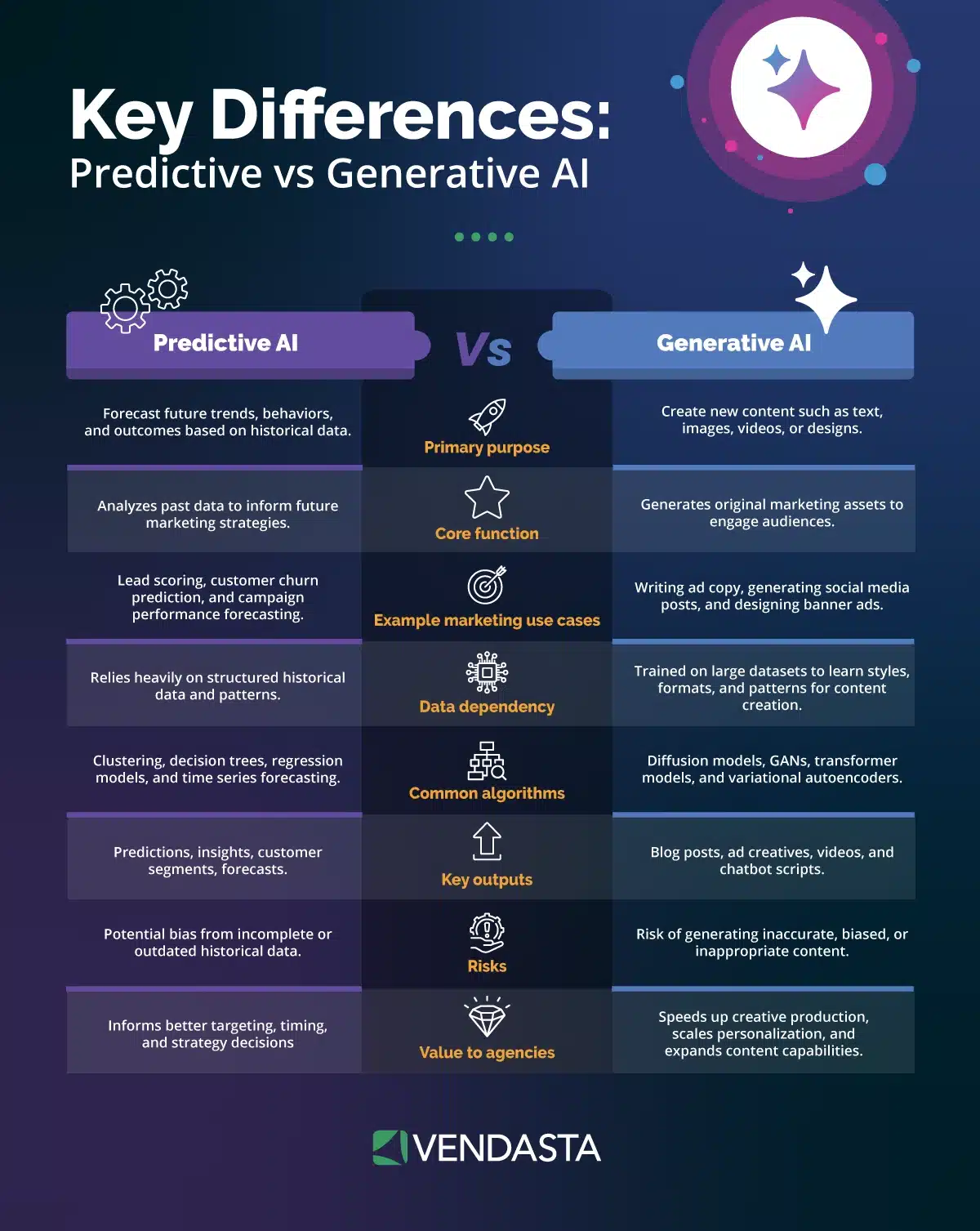
Here are some of the most powerful applications in action.
Predictive Analytics for Customer Behavior
AI analyzes past interactions and purchasing trends to forecast future actions. This allows businesses to identify high-value leads, predict churn, and allocate budget to the most promising opportunities.
Personalized Content and Recommendations
From product suggestions to tailored email campaigns, AI helps deliver the right message at the right moment. Personalized recommendations increase engagement, build loyalty, and boost conversion rates.
Automated Content Generation and Distribution
AI tools can generate blog posts, social captions, or ad copy at scale, while also optimizing delivery across multiple channels. This saves time and ensures consistent messaging without burning out your team.
AI Chatbots and Customer Support
Chatbots powered by natural language processing handle FAQs, schedule appointments, and even complete transactions. Available 24/7, they reduce response times and free human teams to focus on complex customer needs.
By weaving these applications into your strategy, AI transforms marketing into a smarter, faster, and more personalized discipline. This helps your business compete at a level once reserved for enterprise brands.
Step-by-Step Guide to Building Your AI Marketing Strategy
An AI marketing strategy works best when built in stages. Following a clear process helps you avoid overwhelm, ensures alignment with business goals, and sets you up for long-term success.
1. Assess Your Current Marketing Stack
Take inventory of the tools you already use—CRM, email platforms, analytics dashboards, and social scheduling apps. Understanding your baseline reveals where AI can enhance or replace existing systems.
2. Identify Gaps Where AI Can Add Value
Look for areas where your team spends the most time on repetitive tasks or struggles to use data effectively. Common opportunities include lead scoring, content personalization, campaign reporting, and customer support.
3. Start With Pilot Projects
Rather than overhauling everything at once, choose one or two use cases to test. For example, implement an AI chatbot for customer inquiries or use AI to optimize ad spend. This builds confidence and proves marketing automation ROI quickly.
4. Scale Across Channels
Once early wins are validated, expand AI adoption across marketing channels. Integrate predictive analytics, automate multichannel campaigns, and connect your CRM with AI-powered insights for end-to-end efficiency.
5. Measure Results and Refine Continuously
Track KPIs such as lead conversion rates, engagement, and customer retention. Use these insights to fine-tune your approach. AI thrives on iteration—the more data it processes, the smarter and more accurate it becomes.
For SMBs, platforms like Vendasta streamline this entire process by combining AI tools, automation, and CRM integration in one place. This makes it easier to build and scale an AI marketing strategy without juggling multiple vendors.
Common Mistakes to Avoid
While AI can unlock major advantages, many businesses stumble when they rush adoption without a clear plan. Avoiding these marketing automation mistakes ensures your AI marketing strategy drives measurable results.
Over-Reliance on Automation
AI is powerful, but it should not replace human creativity and judgment. Over-automating campaigns can make messaging feel robotic and damage customer trust.
Balance automation with authentic, human-driven engagement.
Poor Data Quality or Siloed Systems
AI depends on accurate, unified data. If your CRM, website, and social platforms are disconnected or filled with inconsistent data, AI insights will be unreliable.
Investing in clean, centralized data is critical.
Lack of Human Oversight and Creativity
AI can generate and optimize, but it cannot fully understand brand tone, context, or ethics.
Marketers must provide guidance, review outputs, and add the creative spark that differentiates your brand.
Ignoring Change Management
Rolling out AI without preparing your team often leads to resistance or underuse.
Training and clear communication ensure employees understand how AI supports their roles rather than replaces them.
Treating AI as a One-Time Setup
AI is not “set it and forget it.” Customer behavior, platforms, and algorithms evolve constantly.
Businesses that fail to monitor and optimize AI systems risk falling behind competitors who iterate continuously.
By steering clear of these mistakes, you can turn AI into a sustainable competitive advantage rather than a costly experiment.

Future Trends in AI Marketing
AI in marketing is advancing at a rapid pace, and businesses that stay ahead of the curve will have a significant competitive advantage. The following trends are shaping the future of AI-driven marketing.
Generative AI for Creative Content
AI is evolving beyond simple automation to create original, on-brand content. From ad copy to video scripts, generative AI enables marketers to scale creative output while maintaining quality.
Real-Time Campaign Optimization
AI will increasingly adjust campaigns on the fly—shifting ad spend, personalizing offers, and testing variations instantly. This level of agility ensures higher ROI and faster response to market changes.
Hyper-Personalization at Scale
Marketers will move past broad segments and toward truly individualized experiences. AI will combine behavioral, contextual, and predictive data to deliver personalized messaging to each customer in real time.
Ethical AI and Responsible Use
As adoption grows, so does the need for transparency and ethical practices. Customers expect brands to use AI responsibly, protecting data privacy and avoiding bias in algorithms. Trust will become a key differentiator.
AI Employees and Virtual Assistants
AI will not just support tasks—it will act as digital team members. From managing customer conversations to generating reports, AI employees will give SMBs enterprise-level capabilities at a fraction of the cost.
Keeping pace with these trends allows businesses to future-proof their marketing strategy, ensuring they can adapt quickly as AI continues to evolve.
How Vendasta Supports Your AI Marketing Strategy
Building an AI marketing strategy is one thing—executing it effectively is another. Many small and medium-sized businesses (SMBs) face the challenge of juggling multiple disconnected tools while trying to compete with larger brands.
That is where Vendasta comes in.
Vendasta is an AI customer acquisition and engagement platform built for SMBs and the partners who support them. By combining AI, automation, and your business’s unique data, Vendasta simplifies every stage of the customer journey from awareness to long-term loyalty.
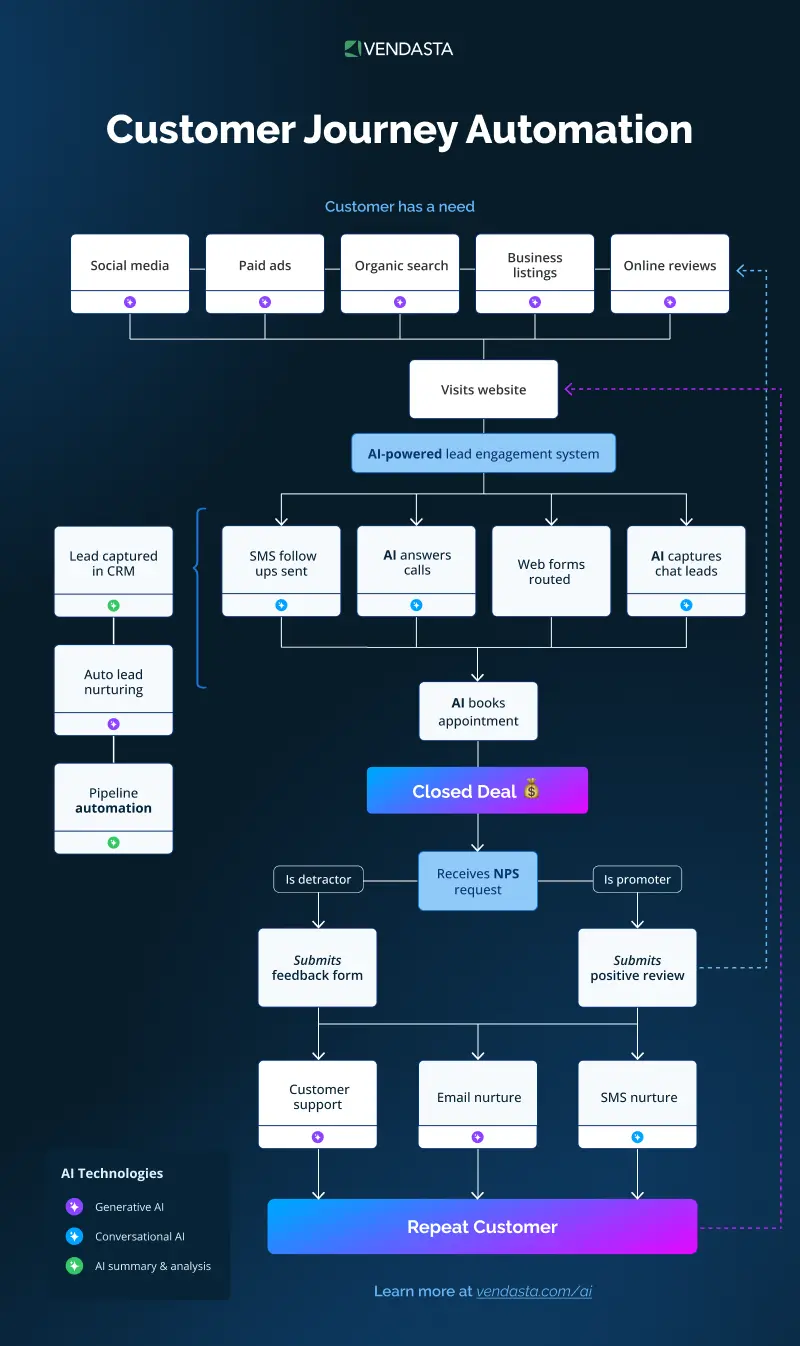
With Vendasta’s AI, you can:
- Automate repetitive marketing and sales tasks with AI employees.
- Personalize outreach at scale through unified customer data.
- Streamline operations by replacing multiple disjointed tools with one platform.
- Deliver measurable results for your business or clients, increasing lifetime value.
For channel partners such as marketing agencies, franchisors, and managed service providers (MSPs), Vendasta provides AI solutions you can resell and manage on behalf of SMBs. This means you can offer enterprise-grade marketing strategies without the overhead of building everything from scratch.
In short, Vendasta helps you turn AI from a buzzword into a practical, revenue-driving strategy.
Turn AI Marketing Strategy Into Growth
An effective AI marketing strategy is no longer optional—it is the framework that determines whether your business can compete and grow in today’s digital-first world.
By aligning clear goals, quality data, and the right AI-powered tools, you can move beyond one-off tactics and build a scalable system that delivers real value.
For SMBs and the partners who support them, the value of AI lies in making marketing smarter, faster, and more personal—without adding complexity.
Vendasta empowers you to put this strategy into action. Schedule a free demo with Vendasta today and see how AI can work for you.
AI Marketing Strategy FAQs
1. What is an AI marketing strategy?
An AI marketing strategy is a plan that integrates artificial intelligence into your marketing efforts to improve efficiency, personalization, and results. It goes beyond using individual tools by aligning AI with your business goals.
2. How does AI improve marketing performance?
AI helps analyze customer data, predict behavior, personalize campaigns, and automate tasks. This leads to higher engagement, better conversion rates, and more efficient use of marketing budgets.
3. Do small businesses really need an AI marketing strategy?
Yes. AI levels the playing field by helping SMBs compete with larger brands. Platforms like Vendasta make it affordable and accessible by offering AI tools that are easy to integrate into existing workflows.
4. What are examples of AI in marketing?
Examples include chatbots, predictive analytics, automated email campaigns, dynamic pricing, and content generation. Each application is designed to improve efficiency and customer experience.
5. How do I start building an AI marketing strategy?
Begin by defining goals, auditing your current tools, and identifying areas where AI adds value. Then, implement pilot projects before scaling across channels. Vendasta simplifies this process by combining AI and CRM tools in one platform.
6. What data is needed for AI marketing?
AI requires clean, structured data from customer interactions, website analytics, CRM records, and social engagement. The better the data quality, the more accurate and effective your AI-driven insights will be.
7. Can AI replace human marketers?
No. AI enhances marketing by handling repetitive tasks and providing insights, but human creativity and strategy remain essential. The best results come from blending human oversight with AI efficiency.
8. What mistakes should I avoid when using AI in marketing?
Common pitfalls include relying too heavily on automation, neglecting data quality, failing to train staff, and treating AI as a one-time setup. Ongoing optimization is key.
9. How does Vendasta’s platform support agencies and partners?
Vendasta offers AI-powered automation tools that agencies, franchisors, and MSPs can resell. This allows partners to deliver enterprise-level strategies to SMB clients at scale.
10. Is AI marketing expensive?
Not necessarily. Many AI solutions are scalable to fit your budget. With Vendasta, you can start small and expand as your business grows, ensuring affordability and ROI at every stage.


